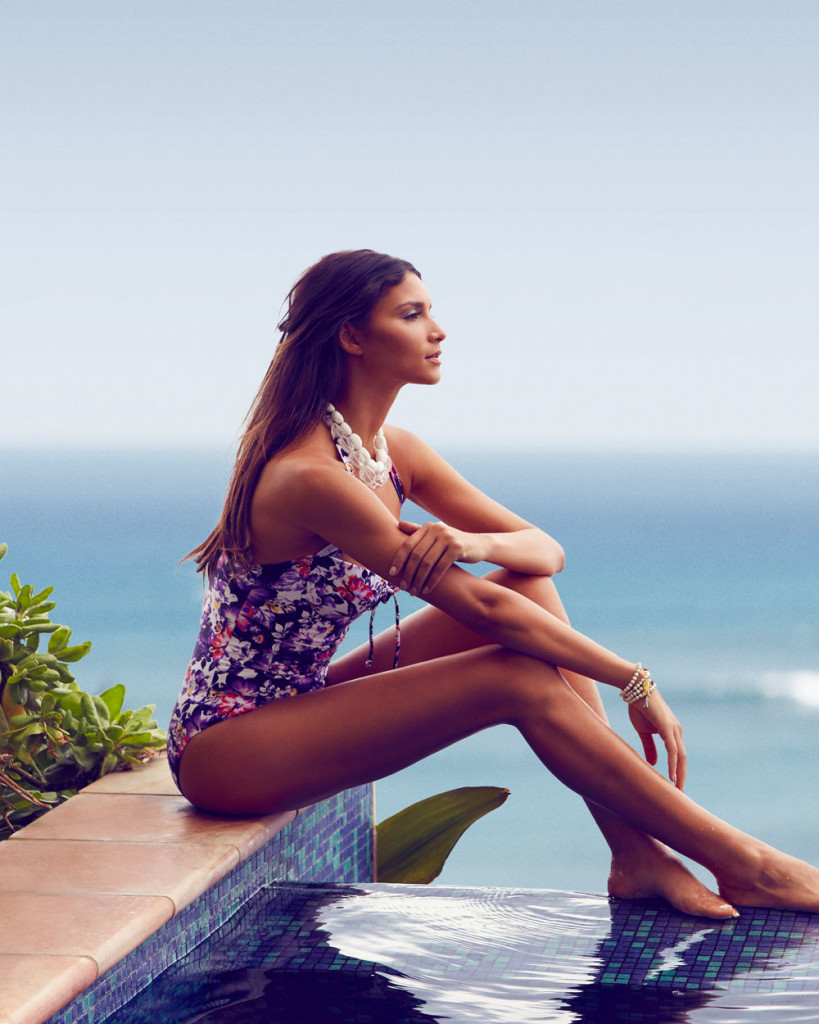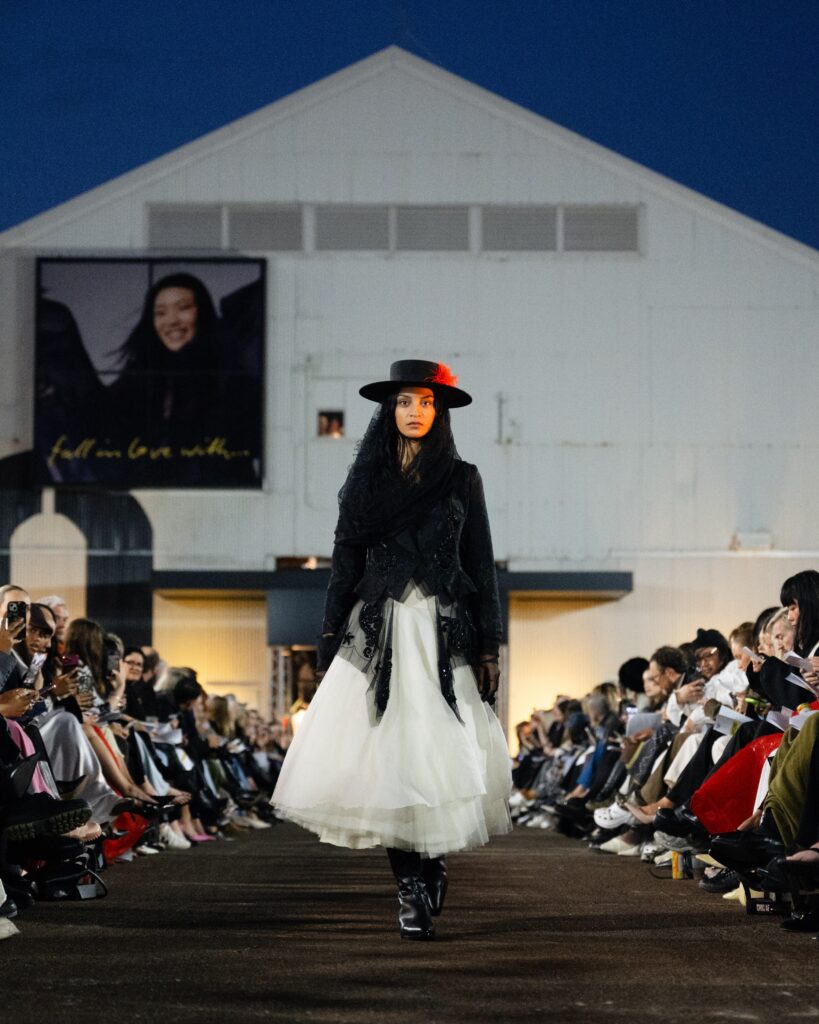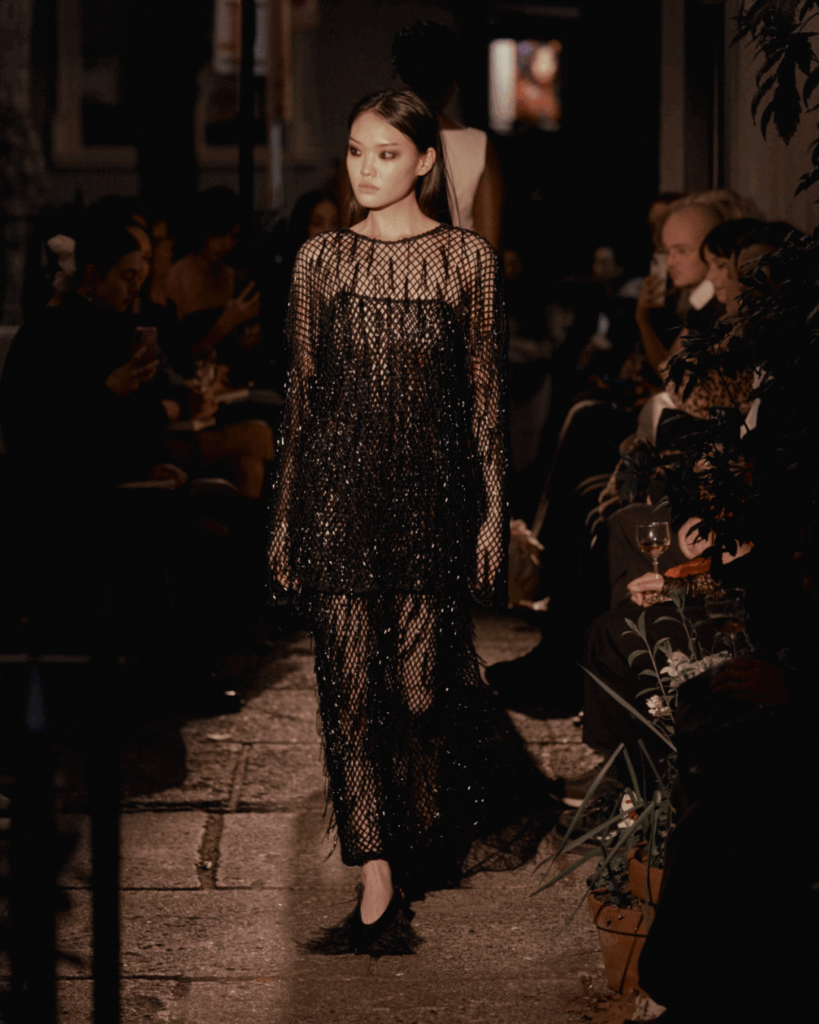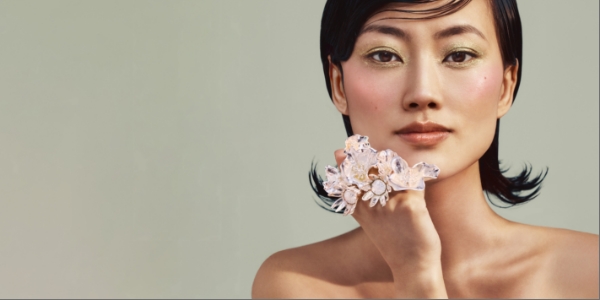
It’s not the most glamorous step in a beauty regime, but it’s the one that will do the most to arrest the signs of ageing. Trudi Brewer corrects the myths that surround the use of sunscreen.
The best anti-ageing trick up our sleeves is a daily dose of sunscreen but many still miss this vital step in the beauty routine. We asked experts to put us straight on the most common myths surrounding playing it safe under the sun.
Myth: Everyone’s going to experience the signs of ageing, regardless of how much sun they’re exposed to.
Fact: “Your face will still age without any sun exposure,” says Doctor Sarah Hart from the Palm Clinic in Auckland. “But there is more at stake when you add sun exposure. Facial ageing occurs deep under the skin, regardless of sun exposure. The skull shrinks and the eye sockets expand. Progressive loss of volume in the cheeks and around the eyes cause your face to look saggy and tired. Long-term UV exposure reduces your skin’s elastic qualities, making it less able to curve around the hollows caused by volume loss, resulting in sagging and creases that are more apparent.”
Myth: The higher SPF the better.
Fact: Numbers matter, but skin type, the amount you apply, and frequency of application are all deciding factors in staying safe. Skin expert and global training manager at Ultraceuticals, Tracey Beeby says, “An SPF70 is not that different to SPF30. It blocks 98.6 per cent of UVB (burning rays) versus 97 per cent for the SPF30, so it’s not twice as good. The SPF you’ll actually get is a half to a third of what’s on the bottle, because studies show no one layers on as much as they do in the lab testing.” Another skin expert, Kim Larsen from House of Camille, says it depends how your skin reacts.
“SPF literally means your personal sun protection factor. It’s not about high numbers, but knowing what your burn time is without sunscreen and then multiplying that. Sunscreen diminishes on the skin after two hours, so you need to reapply to maintain protection.”
Myth: SPF 15 allows for a safe tan.
Fact: Dermatologists say any tan is a sign of DNA damage. “There is nothing safe about tanning,” says Beeby. “If you are getting tanned then your skin cells have been traumatised and damaged. The only safe way of tanning is using fake tanning lotions.”
Myth: The ingredients in sunscreen can be risky to my health.
Fact: “There is no real evidence to suggest sunscreens are dangerous but we definitely know that sunburn is a precursor to skin cancer,” says Mark Gray from Skin Institute. Hart says one controversy concerns nanoparticles. “Physical blocks (zinc oxide and titanium dioxide) tend to give a chalky appearance to the skin; grinding them into tiny nanoparticles stops this. Some scientists have voiced concerns that these nanoparticles can get into the bloodstream and cause inflammation. There has been a trend away from using nanoparticles because of this.” She says the other concern involves chemical sunscreens (oxybenzone and its many cousins). “These work by absorbing UV radiation to reflect it,” Hart says. Controversial studies warn against high doses but Hart is reassuring. “You’d have to cover yourself head-to-toe with oxybenzone every day for 30 years, to get a similar dose.” Finally, for those who worry about the possibility of inhaling spray sunscreens, Hart says avoid using these near the face.
Myth: All sunscreens are equal.
Fact: Sunscreens differ in the way they protect skin, and the ingredient line-up they offer.
Hart explains, “SPF refers to how much UVB (burning protection) a sunscreen contains. The higher the SPF, the longer it takes to burn. UVA protects against ageing and skin cancer rather than burning.” Larsen recommends using screens with added antioxidants. “They are a second defence mechanism in sun protection.” Hart adds that choosing the right formula will affect the feel. “The ingredients usually need to be dissolved in oil, which is why high SPF products often feel heavy or greasy. Newer ‘dry lotions’ using silica can be more acceptable.”
Myth: Dark skin doesn’t burn so it won’t get sun-damaged.
Fact: The sun doesn’t discriminate – Bob Marley died at the age of 36 from melanoma. It may take darker skins longer to develop redness but they are not immune to sun damage. “UV rays will still penetrate and damage will still occur,” says Beeby. And going pink isn’t the only sign of UV damage. Dark skin can tolerate a little more sun exposure but wrinkling and pigmentation are also a concern.
Myth: I don’t need sunscreen every day because I work inside.
Fact: Incidental sun damage adds to the ageing process and that happens without us knowing.
For the face

1. Clinique City Block Sheer SPF25, $50. 2. Shiseido Ultimate Sun Protection SPF30+, $59. 3. Ultraceuticals Mineral Defense Ultra UV Protective Daily Shield, $75. Prevage Triple Defense Shield Sunscreen SPF50, $158. 5. Nivea Light Feel Daily Face Veil SPF30, $11. 6. Kiehl’s Ultra Light Daily UV Defense SPF50, $62. 7. Lancôme UV Expert XL Shield SPF50, $79. 8. L’Oréal UV Perfect Aqua Essence
Walking to the car, at the washing line and going out to lunch. Larsen adds, “UVA rays, which are the ageing rays, can penetrate through glass. So driving,
or sitting by a window at work will guarantee UV exposure.” Gray says a daily routine is best, paying particular attention to “regularly exposed areas like the face, neck and hands.”
Myth: You don’t need to apply extra SPF if your make-up has sunscreen.
Fact: According to Hart, under our harsh New Zealand sun, make-up alone is not enough “You wouldn’t apply make-up thickly enough for it to give the SPF protection,” Larsen says, considering most foundations only carry a SPF15 it’s not enough cover. “Use a cream sunscreen and a mineral powder foundation or a brush on block which will give you an SPF30 rating,” she says. Hart agrees that better sun protection is achieved by layering. “Use sunscreen, make-up and powder all containing SPF.”
Myth: Sunbeds are a great way to get a base tan before summer.
Fact: “Sunbeds cause skin cancer and, in particular, melanomas,” says Gray. “Sunbeds pump out UVA rays, which stimulate melanin (pigment which gives the skin its natural colour) and therefore potentially stimulating melanoma in a much more concentrated way.” Hart is keen to see New Zealand follow Australia’s lead and ban sunbeds. “They are absolutely not safe. The evidence linking sunbeds to skin cancer is unequivocal. Using a sunbed before the age of 30 increases the risk of melanoma by 75 per cent.”
Myth: I need sun for vitamin D.
Fact: “With more melanoma and sun damage evident, many of us are guilty of intentionally lying in the sun for a vitamin shot,” says Larsen. “Vitamin D is essential for every
cell in our body, however that does not mean we have to sit for hours in the sun to get it.” Larsen says, “15 minutes a day will give you your daily dose and those minutes don’t have to be consecutive.”
Myth: The more expensive the sunscreen the better the protection.
Fact: “There are some excellent sunscreens out there that are relatively cheap,” says Gray. “It is best to judge sunscreen on efficacy and SPF factor.” Hart recommends reading the ingredient list. The best anti-ageing sunscreens are those high in UVA protection, not the ones with highest SPF, or the most expensive. “Look for zinc oxide, avobenzone and mexoryl SX, these ingredients are the best UVA-blockers available.” She also believes the best screen is the one you’ll use because it feels nice on your skin.
Myth: Last year’s bottle will be fine.
Fact: “If you are applying sunscreen correctly (experts recommend a shot glass full for the body and a teaspoon for the face), you won’t have any left over for the following year,” says Larsen, adding, “Check the expiry date on the bottle; most screens are only stable for 12 months.
For the body

1. Garnier Mabre Solaire Clear Protect SPF50, $23. 2. Neutrogena Cool Dry Sport SPF70, $25. 3. Joyce Blok Everyday Sun Fitness SPF15+, $45. 4. Lancôme Soleil Bronzer Suncream SPF50, $56. 5. Dermalogica Solar Defence Booster SPF50, $90. 6. Clarins Sunscreen Control Screen for Face SPF30, $50.
Thinking outside the square?
The next generation of sunscreens are not creams or gels. Think mineral powder that is actually sunscreen. Drumroll please… for Susan Posnick Brush on Block, $42. Just dust on this oil-free, translucent SPF30 powder protection without disturbing your foundation – genius. COOLA are set to have you think laterally when it comes to reapplying your SPF with a Make-Up Setting Spray, SPF30, $59, a certified organic formulation that is also bursting with hydrating hyaluronic acid, aloe and antioxidant green tea. Decléor Aroma Sun Expert Summer Oil SPF 30, $80, is another innovation. Apart from the divine silky feel and summery scent, it offers brilliant protection from both UVA and UVB rays for skin and hair – the ideal nourishing screen for any time.

From the editors of Simply You Body & Beauty










